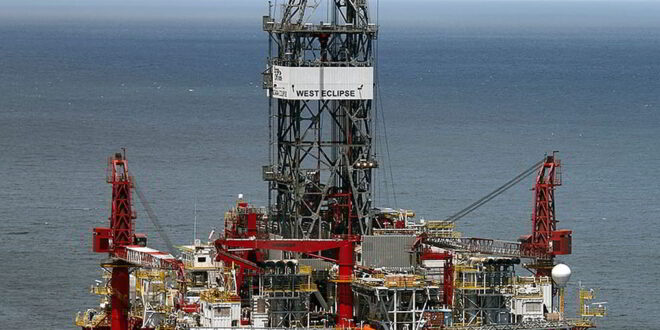A study published in Nature Energy on Monday has revealed that the U.S. Oil Patch is home to tens of thousands of inactive offshore oil and gas wells that remain unplugged, posing the risk of possible leaks into the ocean.
The study estimates that whereas plugging and abandoning these wells could minimize their environmental risk, the exercise would cost the industry a hefty $30 billion. There are more inactive, non-producing wells in the Gulf of Mexico coastal waters in Louisiana, Texas and Alabama that have not been plugged and abandoned than currently active wells in this region.
It also means that companies operating in the region risk clashing with the regulators sooner rather than later.
Last week, the U.S. pipeline regulator unveiled new rules aimed at lowering methane leaks from the vast network of 2.7 million miles of natural gas pipelines in the country.
The proposal issued Friday by the Transportation Department’s Pipeline and Hazardous Materials Safety Administration could “significantly improve the detection and repair of leaks from gas pipelines… deploy pipeline workers across the country to keep more product in the pipe, and prevent dangerous accidents.”The agency estimates the new rules could potentially eliminate 1 million metric tons of methane emissions by 2030, the equivalent of emissions from 5.6 million cars.
Leaky oil and gas infrastructure has been playing an outsized role in climate change by spewing out far more quantities of an even more potent greenhouse gas into the atmosphere than earlier thought.
Three years ago, Reuters reported that satellites by the European Space Agency had detected huge plumes of methane leaking from the 2,607-mile-long Yamal pipeline that transports natural gas from Siberia to Europe.
The massive methane leaks could throw a monkey wrench into the natural gas bridge which presupposes that natural gas is a cleaner fossil fuel resulting in it being favored over coal in the global energy mix. Although methane does not usually get the same bad rap that carbon dioxide does, it’s actually a far more potent greenhouse gas, more than 80X more powerful at warming the earth than CO2 over 20 years and 28x more powerful on a 100-year timescale.

 Iran Energy News Oil, Gas, Petrochemical and Energy Field Specialized Channel
Iran Energy News Oil, Gas, Petrochemical and Energy Field Specialized Channel



